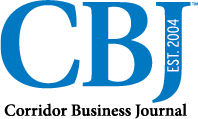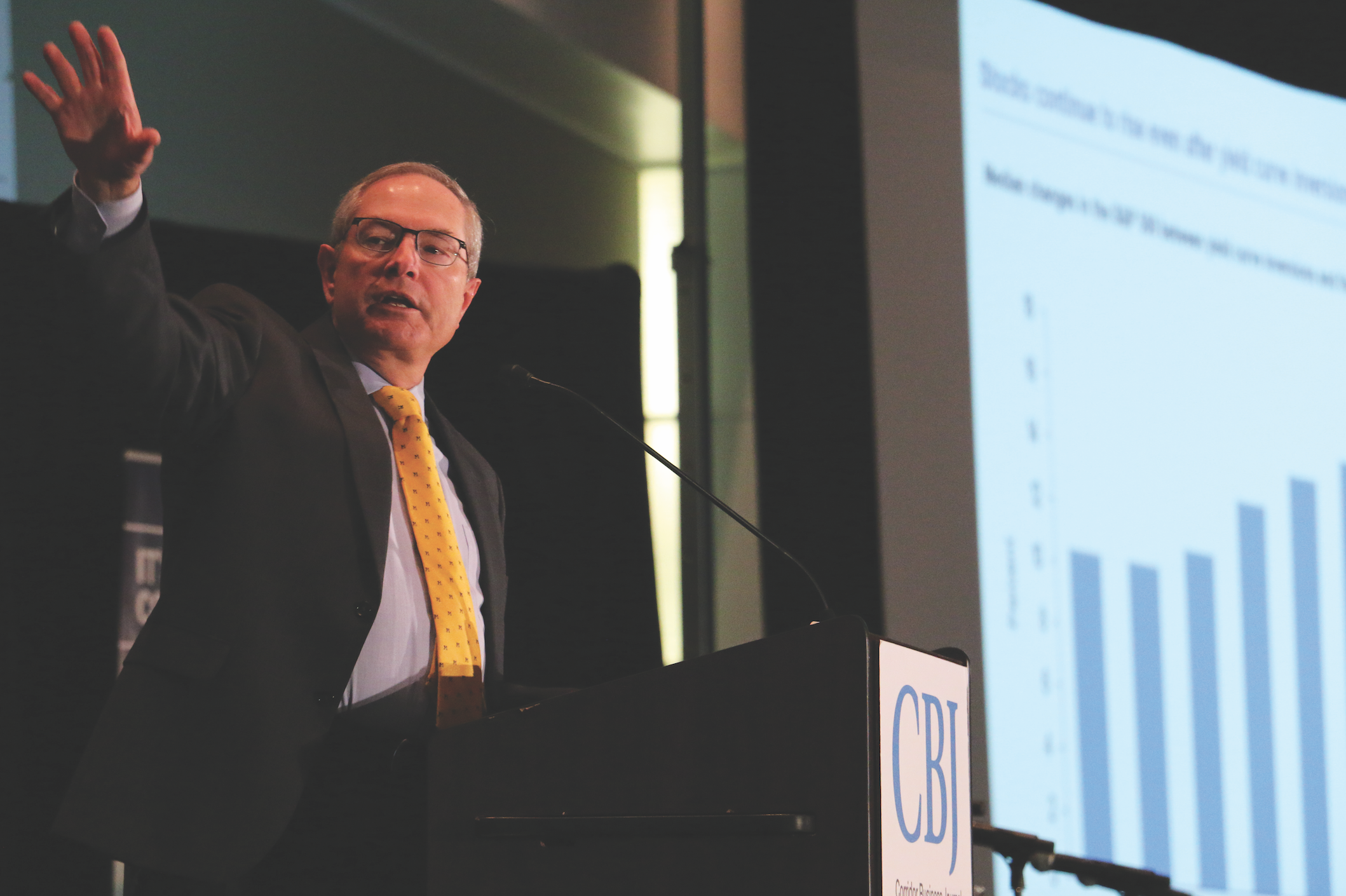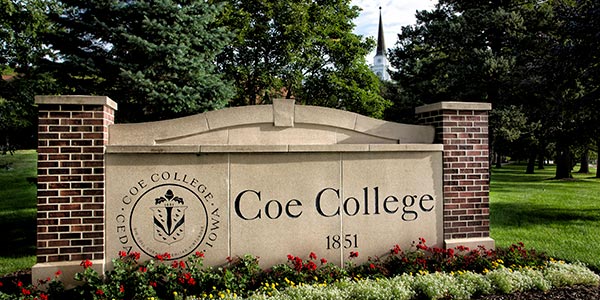By Katharine Carlon
[email protected]
Growth is likely to slow in 2019 compared to last year’s blockbuster pace, and while a recession is coming — eventually — it almost certainly won’t be this year.
That’s the word from Nationwide Senior Vice President and Chief Economist David Berson, who lays the odds of a recession occurring in 2019 at less than 10 percent, rising to between 20-25 percent in 2020 and 40 percent in 2021.
“We are getting closer to the end of the cycle,” Mr. Berson said, speaking at the CBJ’s Economic Forecast Luncheon on Jan. 16. “If the expansion continues through June, this will be the longest economic expansion in U.S. history. Our baseline forecast does not have a recession occurring — certainly not in 2019 or even in 2020, but the risks go up each year after that. Inflation’s moving up, the Fed is tightening and interest rates are trending upward as well.”
Though he discussed possible impacts of the government shutdown and the state of Iowa’s economy, Mr. Berson spent the bulk of his time addressing the main question on the minds of investors and business owners shaken by recent stock market declines, trade tension and slowing economies in China and the EU, noting that “from the time a recession ends, the next recession watch begins.”
Looking at the yield curve for U.S. Treasury bonds, he noted that the spread between the 10-year and one-year Treasury note has narrowed considerably recently, but has not inverted — a signal that has presaged nearly every recession since the Federal Reserve was founded in 1913. Although it has given TV pundits plenty to talk about, flattened yield curves have also happened before without a recession following — notably in the mid-90s, when that scenario was followed by five more years of growth.
Mr. Berson said it was important to understand that a “fully inverted yield curve” is one that remains inverted for a sustained period of time, “probably two, three or four months,” and even then, full-on recession is historically another 12-18 months away.
“If the yield curve magically inverted tomorrow, we’re talking about not 2019 as [the start of] a recession, but sometime early to perhaps mid-2020 before the downturn would occur,” he said. “And it certainly doesn’t look as if the yield curve’s going to magically invert tomorrow.”
That could change, Mr. Berson cautioned, if for instance Brexit causes the EU to go into recession or China falls into recession.
“Because as much as we like to say this is ‘the forecast,’ the crystal ball is usually pretty hazy … What happens if the rest of the world goes into recession and it drags us down and we see long-term rates in the U.S. decline?” he said. “We’d probably see that inverted yield curve later this year if that occurred. But that’s a big if.”
Mr. Berson pointed to several factors pointing away from an impending recession, including the Conference Board’s index of leading economic indicators, which has weakened somewhat in recent months “but is not anywhere close to being negative.” He also highlighted real GDP growth in the United States, which is on the verge of hitting a new record for uninterrupted year-over-year growth.
“It probably won’t continue and it may even stop when the fourth quarter [2018] numbers come out, but overall economic growth in 2018 was the strongest since 2005, certainly the strongest throughout this entire expansion,” he said, adding that 2018 stood out mostly because this has been the weakest expansion on record — not entirely a bad thing, since it has staved off the inflation that usually brings expansions to a halt.
Strong and continued job growth, “the star of the expansion,” is another sign recession is not around the corner. The 2.4 million net new jobs created last year and a recent jump in labor participation could bring the unemployment rate to its lowest level since the mid-1950s by the end of the year, Mr. Berson said.
One downside to the tight labor market is the related edging up of core inflation. Mr. Berson said falling oil prices have largely masked inflationary pressures so far, but that may not continue and could prompt multiple Fed rate increases this year.
“Ultimately, despite the market expectations right now that the Fed won’t be tightening this year … we think the Fed will tighten this year, probably two more times, maybe even three more times if inflation really does pop,” Mr. Berson said, explaining that by “pop” he was referring to a 2-3 percent increase, and not the double-digit increases of the ‘70s and ‘80s.
“But it’s coming from stronger economic growth, it’s coming from higher inflation. It will look more like a normal business cycle and not like the first eight years of this expansion where economic growth was positive, but pretty weak.”
Turning to the stock market and its several precipitous drops in the last quarter of 2018, Mr. Berson reminded his audience that the market is not the same as the economy.
“It was big, it was scary, it was almost a bear market, but it isn’t all that important. It’s not the economy,” he said, adding that not only is the market already rebounding, “it is extraordinarily rare, particularly in a non-recession period, for the stock market to fall two years in a row.”
When the yield curve is positively sloped, but modestly so, as it is now, Mr. Berson said that historically the S&P 500 tends to rise at double-digit rates, though he joked he could not guarantee it would be the case this time.
When and if the yield curve does invert, signaling an imminent recession, Mr. Berson said the stock market also tends to go up, at least temporarily, since the recession usually lags about a year behind.
THE IOWA FORECAST
Honing in on the Iowa economy, Mr. Berson said that economic growth statewide is underperforming the national average due to a clouded farm economy and slower job growth than the rest of the country.
“The growth rate over the year in Iowa, through it has picked up, is still well below that of the U.S. and has been this entire expansion,” he said, pointing to a farm economy wracked with uncertainty due to trade tensions and the state’s ultra-low unemployment rate. “The U.S. is about to have the lowest unemployment rate in 60 years and look how much lower the rate is in Iowa. It’s hard to find workers in Iowa and it’s hard to expand if you can’t get workers.”
While the obvious solution is to pull in workers from other states, Mr. Berson said, that hasn’t been happening. Population growth in the state is positive, but extremely low at 0.4 percent annually, while net migration — the number of people moving into the state versus those moving out — is at a negative 11.1 percent.
“Net migration in Iowa looks pretty bad,” he said. “People on average are leaving the state. And with unemployment already so low, if you’re losing population, unless you get more people and the farm economy improves … it’s going to be difficult for the Iowa economy to expand as rapidly as the rest of the country. That’s really got to be one of the keys going forward: Getting people in other parts of the country and getting businesses from other parts of the country to locate here.”
The CBJ’s Economic Forecast Luncheon was held at the DoubleTree by Hilton Cedar Rapids Convention Complex and presented by Bankers Trust. Major sponsors included CliftonLarsonAllen, the Eastern Iowa Airport, ITC Midwest, Kirkwood Community College, Marco, UFG Insurance and the Watts Group.








